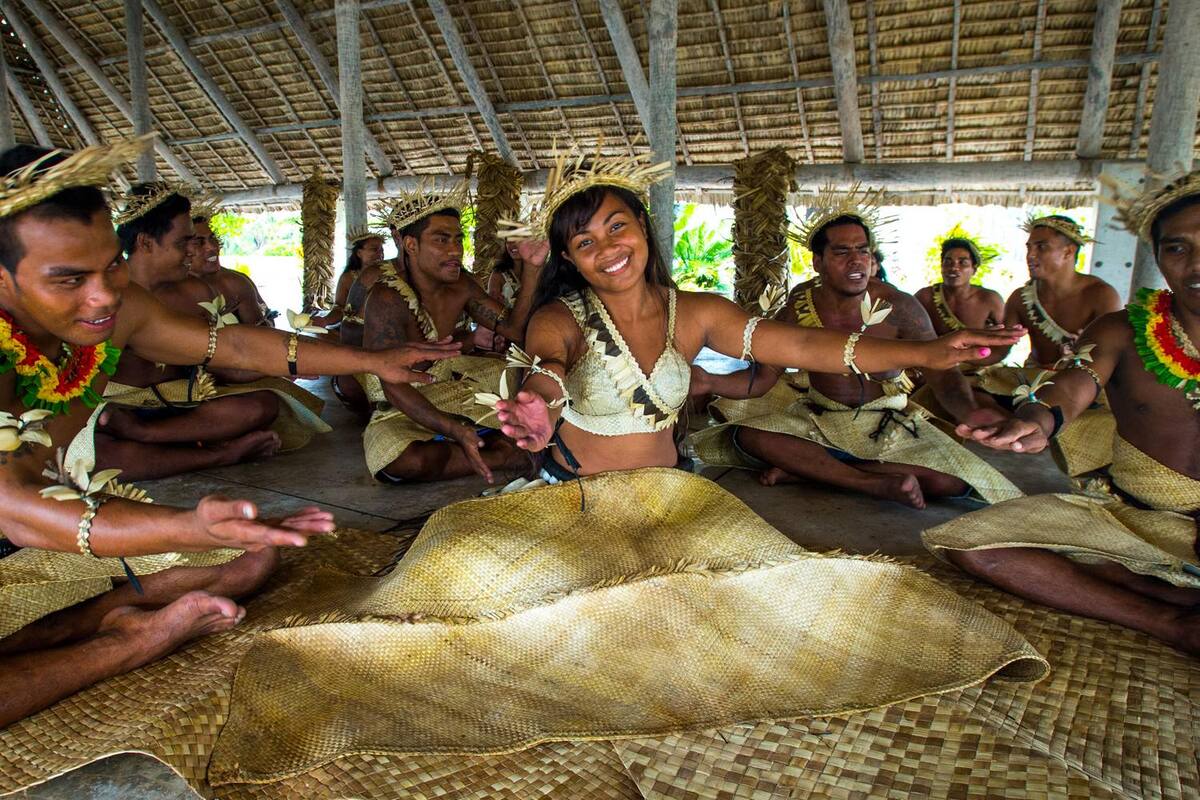natostratcon.info – Kiribati, an archipelago nation in the central Pacific Ocean, offers a rich tapestry of sports and recreational activities that reflect both its traditional heritage and modern influences. This article explores the diverse range of sports and pastimes that are integral to Kiribati’s cultural fabric.
Traditional Sports
Kiribati’s traditional sports are deeply rooted in its cultural identity and are a significant part of community life. The most notable among these is Te Anene, a form of wrestling that involves two teams competing in a lively game, showcasing strength, agility, and community spirit. Additionally, the building and racing of sailing canoes is a common pastime, reflecting the islanders’ deep connection with the sea.
Modern Sports
While traditional sports remain popular, Kiribati also embraces modern sports that have gained widespread popularity. Football (soccer), volleyball, and basketball are among the most popular sports, with basketball capturing the hearts of many Kiribati residents. The Kiribati Basketball Federation has been particularly active in promoting the sport, with initiatives like the Hoops for Health program, which aims to boost basketball activity across the country.
Athletics and Weightlifting
Kiribati has also made significant strides in international sports, particularly in athletics and weightlifting. The country won its first-ever Commonwealth Games medal in 2014, when weightlifter David Katoatau clinched a gold medal in Glasgow. This achievement not only showcased Kiribati’s potential in international sports but also inspired a new generation of athletes.
Cultural Celebrations
Sports are not just a form of recreation in Kiribati; they are also a means of cultural expression and celebration. During cultural celebrations, competitions in local dances, canoe racing, and local wrestling are common, highlighting the importance of sports in Kiribati’s cultural identity.
Challenges and Opportunities
Despite the enthusiasm for sports, Kiribati faces challenges such as limited resources and infrastructure. However, the country is making efforts to overcome these hurdles by seeking international partnerships and support. The Kiribati Athletics Association, for instance, is the national sporting organization for athletics, although it has faced challenges that have impacted its operations.
Conclusion
Kiribati’s sports and recreational activities are a vibrant reflection of its cultural heritage and modern aspirations. From traditional sports like Te Anene and sailing canoe races to modern favorites like basketball and athletics, sports play a crucial role in the lives of Kiribati residents. As the country continues to develop its sports infrastructure and engage in international competitions, the future looks bright for Kiribati’s sports scene.
